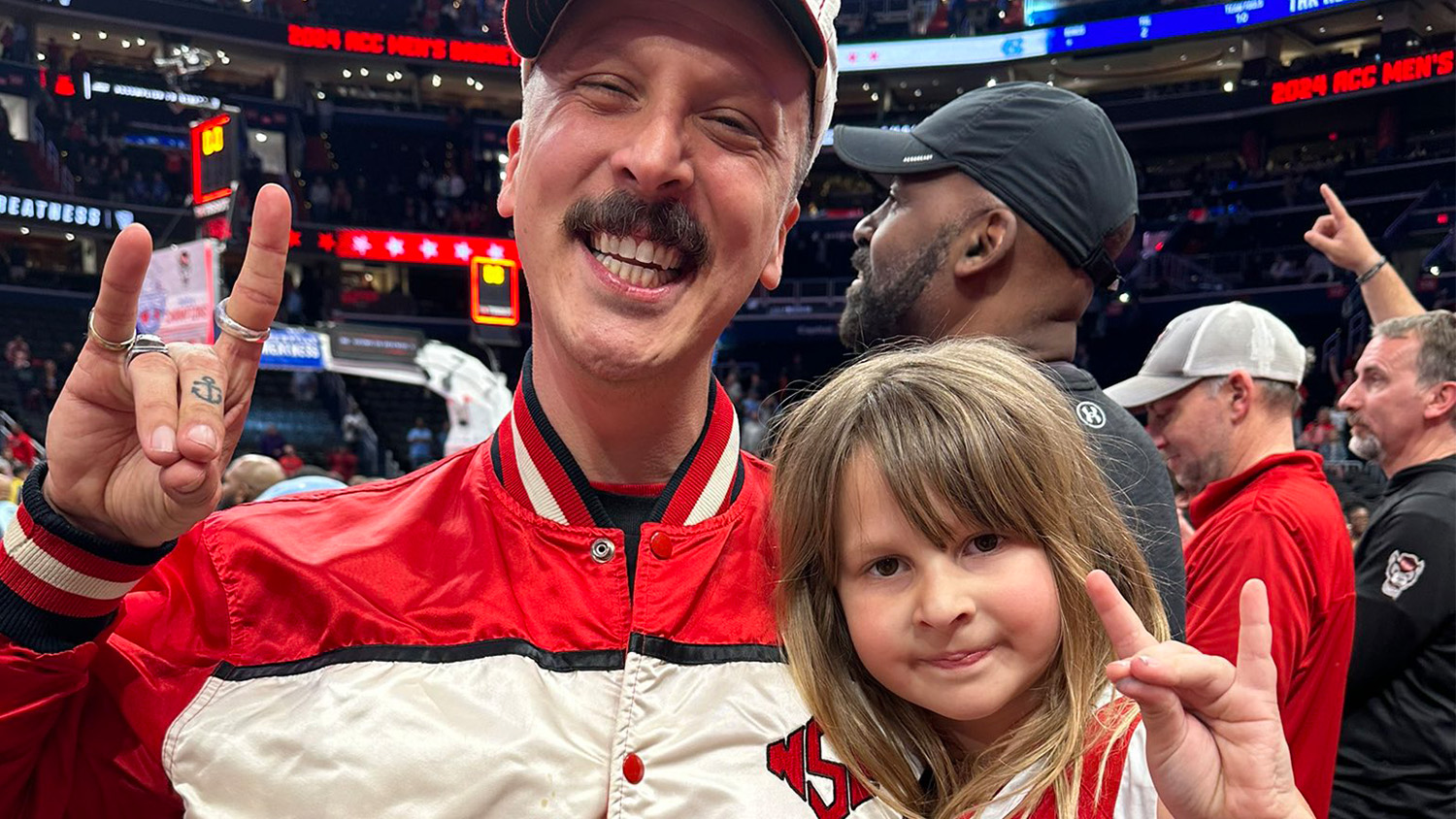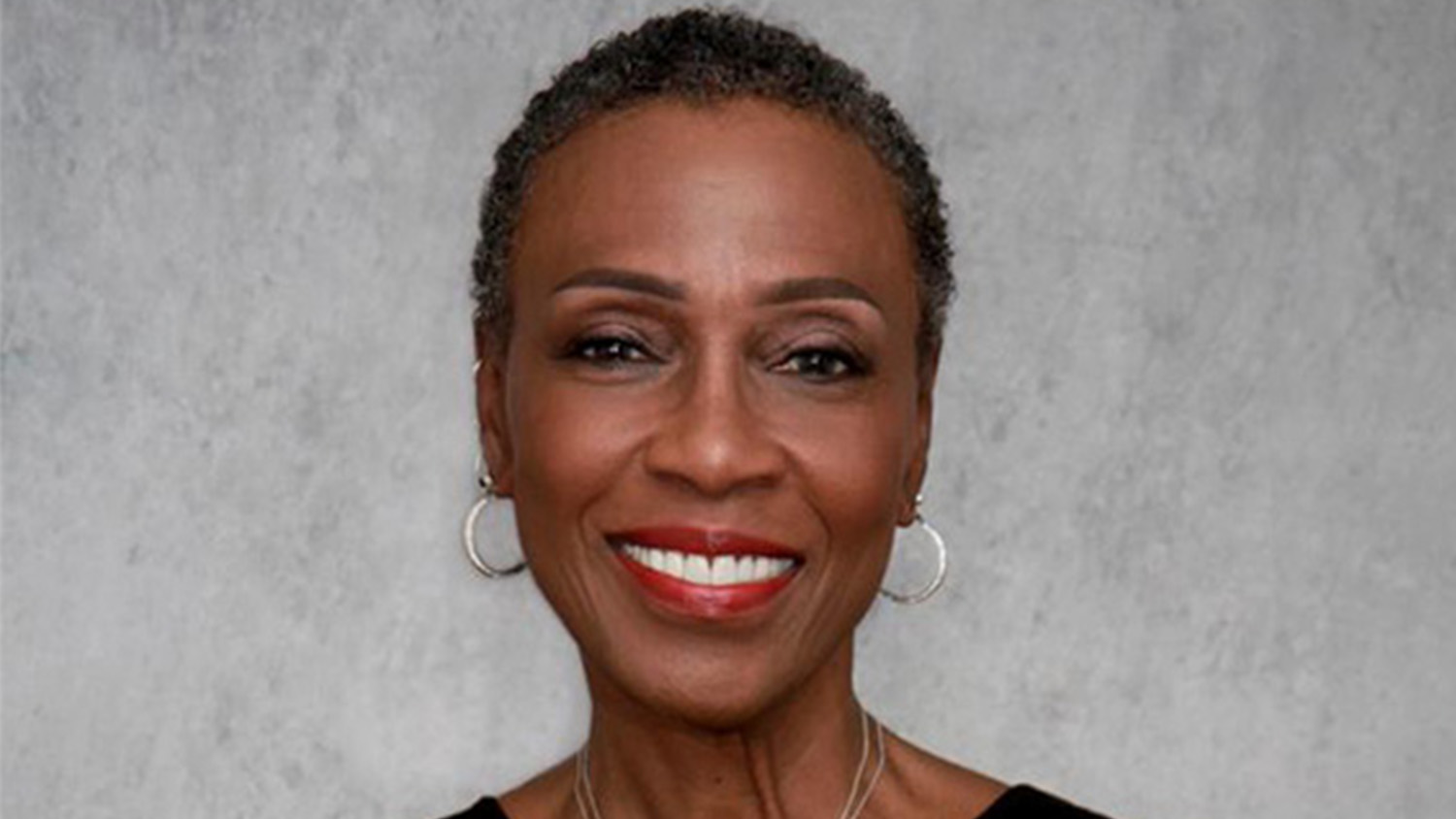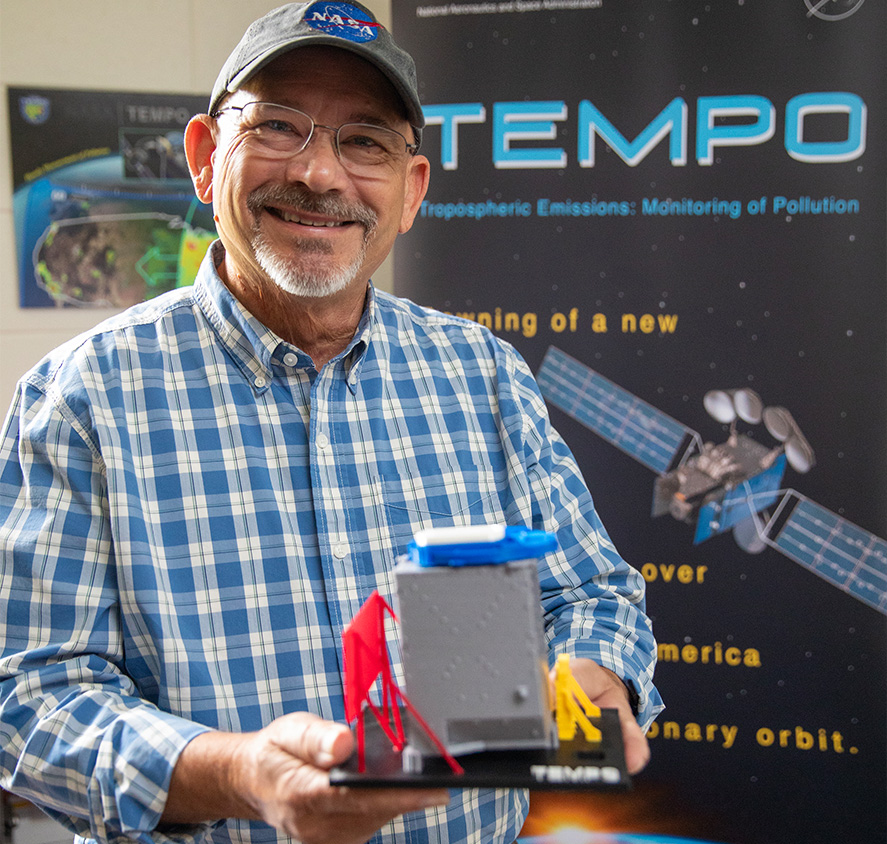Thinking Outside the Sand Box
Trowel in hand, Ed Moore ’64 turns buckets of sand into magical masterpieces. Photography by Simon Griffiths ’85 and Riley Graeff.

By Ed Williams
Maybe it was that sandbox when he was three. Or maybe it was family beach trips when he was four, his parents demonstrating a “frog house” — when you stomp your foot into semi-wet sand, cover the top of your foot with a mound of hard-packed sand and then gently extract your foot, leaving a hide-away hole, maybe for a frog.
Like you did as a kid, Ed Moore ’64 moved on to bigger piles and sand castles and walls and moats — fleeting satisfaction erased by the high tide. As an adult, he spent 40 years as an architect on more permanent projects, designing office buildings, medical facilities, fire stations, apartment communities and the Visitor’s Center at Umstead State Park.
On a whim, Moore entered his first sand sculpture competition in Atlantic Beach, N.C., in 1985. He sculpted King Neptune, unique enough to win first place. He repeatedly won that competition in ensuing years. “I like how sand sculpture and architecture share a 3-dimensional element,’’ says Moore, 82. “Both are creative. Both are conceptual. Both you’re working with your hands.”

But where the two part ways is architecture’s permanence versus a sand sculpture’s impermanence. While architecture is purposeful and functional, sand sculpture is art for art’s sake. Moore — with lively eyes, well-earned laugh lines and the visage and verve of Santa Claus — has moved between both worlds. Asked how long he plans to keep making sand art, he laughs: “Maybe this project is my last project!”
Grains of Sand
12
Projects Ed Moore and his team tackle each year.
20
Tons of sand Moore used to create this year’s MerleFest sculpture.
3
Tons of sand carved away to create the MerleFest sculpture.
120
Approximate number of hours it took his team to complete the MerleFest sculpture.
12 x 16 x 9
In feet, the approximate width, length and height of the MerleFest sculpture.
500
In dollars, the amount Moore pays for 20 tons of sand.
This project is a repeat performance at the 2022 MerleFest. It joins hundreds of his sand projects over the years at the N.C. State Fair, the N.C. Aquariums, the Festival for the Eno, Raleigh’s Artsplosure, BugFest at the N.C. Museum of Natural Sciences and events and locations across North Carolina. At the N.C. State Fair, he once fashioned the pyramids of Giza, the Great Sphinx and other Egyptian icons out of 100 tons of sand — his most ambitious endeavor. His art form has carried him as far as British Columbia, Canada. His travels — as competitor or judge — have introduced him to aficionados across the world.
His avocation-turned-vocation led him to start a company in 1980 — Sandy Feat Sand Sculpture. It’s a mostly break-even venture, he says. “I’m compensated, but revenue and expenses — resources and labor — even out,” says Moore, who lives in Raleigh. “I do this because it’s performance art. I perform in front of people. You hear them with lots of compliments, lots of questions. That’s satisfying. I do it for the social interaction. I do it to see the faces of the children.”
The children, he notes, are the most keenly observant of his whimsical details, whether it’s insects, frolicking forest animals, sea creatures, Ferris wheels, roller coasters or bird houses. “I like to include an area off to the side for the children to experiment with sand,” Moore says. “You know, we’re all still kids at heart when our toes are in the sand.”
Moore doesn’t use beach sand for large-scale, event-based sand sculptures. The grains have been “rolled and rounded,” he says. “It’s like trying to stack a bunch of marbles.” He favors mortar sand taken from the Sandhills region near Sanford, N.C. “It has a little bit of clay content, it’s crystalized with flat facets, almost like diamonds, making it stick together,” he says. “Masons call it sharp sand because of its sharp edges. It’s a wonder I have any fingerprints left after all these years. That sand will wear out a trowel. I’ll start with a sharp edge and over time, that trowel is rounded, half the size it once was.”
At a previous MerleFest — to honor the passing of musician Earl Scruggs — Moore sculpted the Beverly Hillbillies-themed Clampett family ramshackle truck. The sculpture included the Clampett clan but with a twist: In Granny’s rocking chair seat sat Earl Scruggs’ banjo. It was Earl Scruggs’ banjo playing that opened each show of that 1960s TV comedy. After Doc Watson died, Moore reprised the concept, placing a guitar in the seat of honor.
This year’s MerleFest sculpture featured a quartet of animals —including a raccoon, MerleFest’s mascot — playing musical instruments. Atop the sculpture was a vulture hungrily eyeing squirrels and considering breakfast. At the foundation, turtles frolicked. As always, Moore prominently included the MerleFest brand and date in the center because that’s the backdrop most spectators prefer with their selfies.

Which project is he most proud of? “I like to say it’s my next one,” he laughs, noting his art, like life, is temporary.
Ed Williams is a freelance writer in Greensboro, N.C.
- Categories:



Ed you never cease to amaze me with your beautiful humorous work with sand always look forward to what you create next . Sally love seeing you in this photo w your granddaughter Ed your looking good as well